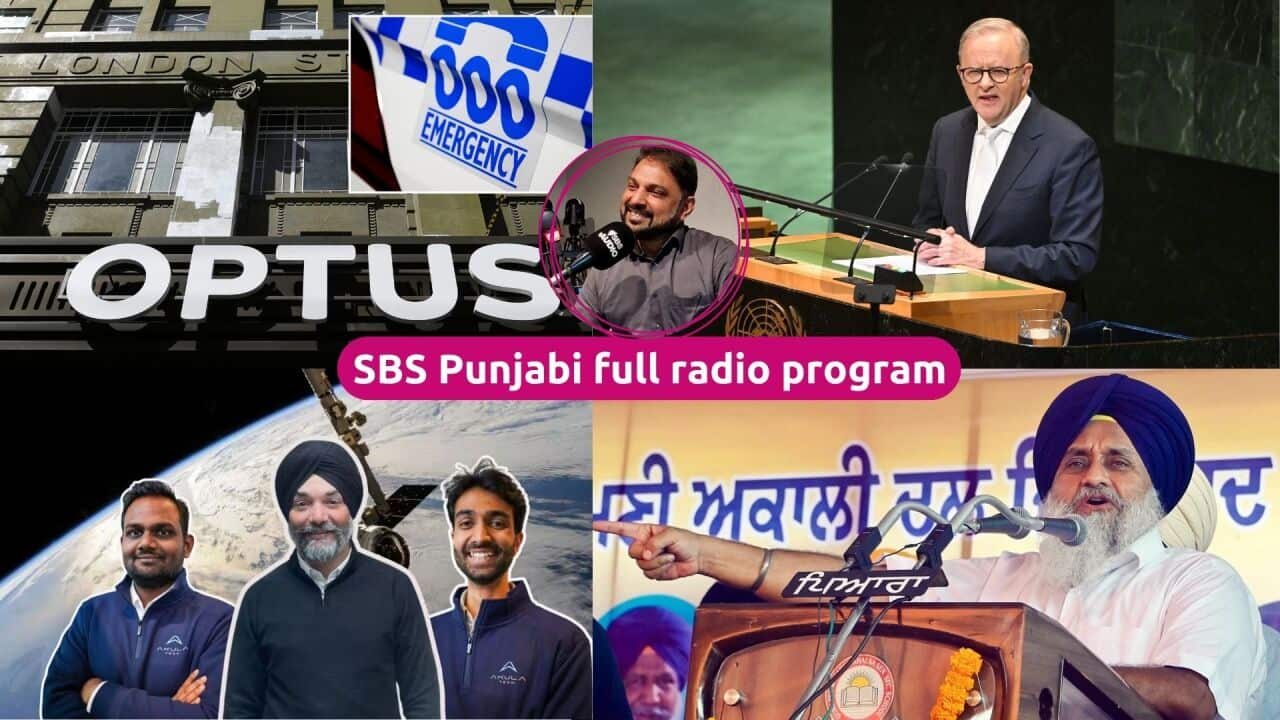Sixty years ago, on April the 12th, 1961, Russian cosmonaut Yuri Gagarin became the first human to fly to space.
Fifty-five years ago, the moon became the prize, as on February the third, 1966, the Soviet Union's Luna 9 spacecraft achieved a lunar soft landing and transmitted photographic data from the Moon's surface to Earth.
Fifty years ago this year, NASA launched Apollo 14, the third manned mission to land on the Moon.
Forty-five years ago, the focus turned to the planet Mars as NASA successfully landed Viking 1 on the red planet's surface, where it took the first Martian soil sample using a robotic arm. But it was 35 years ago that the Space Shuttle program came to a tragic halt. All seven astronauts aboard the Challenger were killed, and the Shuttle program put on hold for nearly three years.
Fifteen years ago on January the 19th, 2006, NASA launched its New Horizons mission, the first spacecraft to explore Pluto up close.
Ten years ago, in July 2011, NASA's Atlantis space shuttle touched down, ending the space agency's shuttle program.
"Having fired the imagination of a generation, a ship like no other, its place in history secured, the Space Shuttle pulls into port for the last time."
And five years ago this month, on January the 15th, 2016, astronaut Tim Peake made history, becoming the first Briton to walk in space.
A number of new space missions are planned for 2021 - including the launch of Artemis 1, the first stage of America's plans to get men back on the moon.
The United Arab Emirates’ Al Amal spacecraft is the Arab world’s first interplanetary mission and is scheduled to arrive in Mars orbit on February the ninth.
NASA's Perseverance rover will land at Jezero Crater on Mars a few days later and search for any signs of ancient life which may have been preserved in the clay deposits there.
In March 2021, the Indian Space Research Organisation is planning to launch its third lunar mission.
And the successor to the famous Hubble telescope, the James Webb Space Telescope, is due for launch in October - just 14 years late, with a significant budget over-run.
To hear the full report click on the audio link above.
People in Australia must stay at least 1.5 metres away from others. Find out what restrictions are in place for your state or territory.
Testing for coronavirus is now widely available across Australia. If you are experiencing cold or flu symptoms, arrange a test by calling your doctor or contact the Coronavirus Health Information Hotline on 1800 020 080.
The federal government's coronavirus tracing app COVIDSafe is available for download from your phone's app store.
The federal government's coronavirus tracing app COVIDSafe is available for download from your phone's app store.
SBS is committed to informing Australia’s diverse communities about the latest COVID-19 developments. News and information is available in 63 languages at http://www.sbs.com.au/coronavirus




